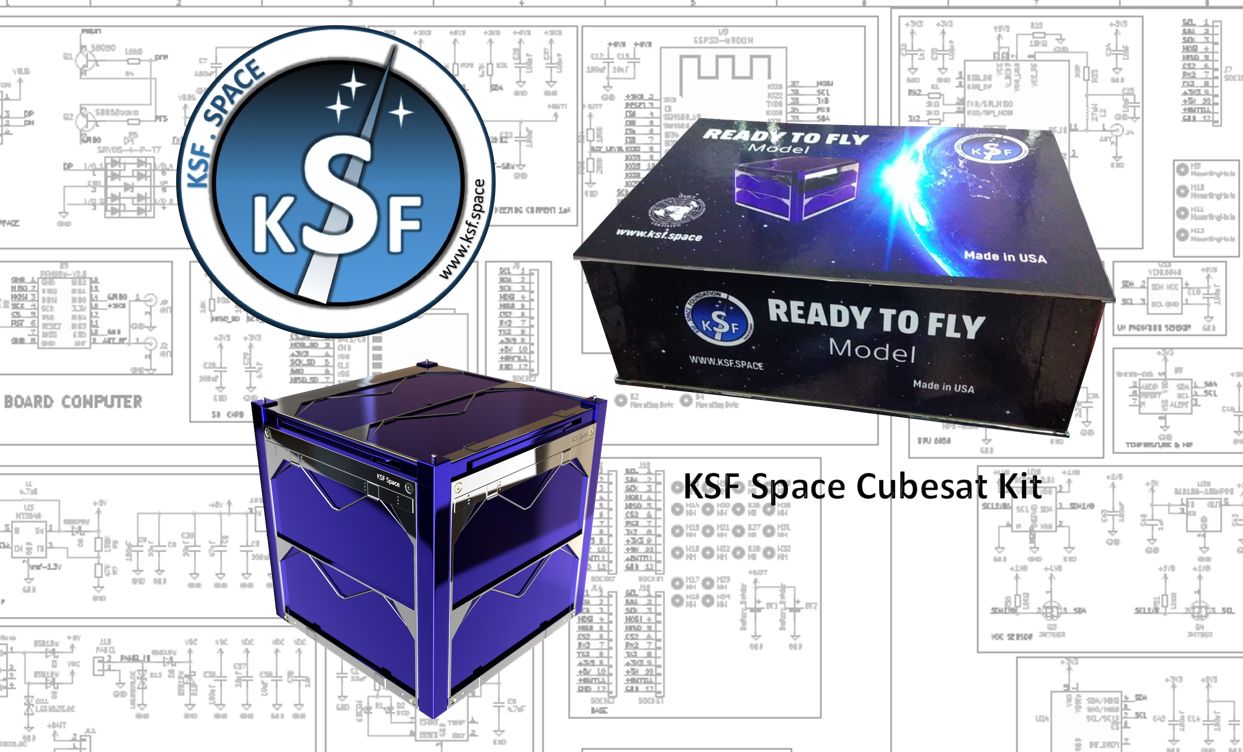The KSF Space Foundation has formally declared the availability of a fresh board system for their CubeSat education kit, which is now ready for launch. This declaration is a piece of the foundation’s educational outreach effort, which aspires to establish the organization as a pioneer in the CubeSat industry and in space operations for universities.
The CubeSat kit can be acquired within the financial means of any lab or school, providing access to it for entities in both developing nations and other countries, without the need for extra financing.
KSF Space Foundation has created a CubeSat kit that simplifies the process of constructing and coding, making it much easier than the traditional way. It is specially designed for beginner students and universities who are launching their initial CubeSat or NanoSatellite mission. The module has been tested in microgravity in similar space missions and is ready for sub-orbital flight. It is the most cost-effective CubeSat kit available in the world.
In order to launch a CubeSat into space at an altitude of 250 kilometers, a new board had to be designed, constructed, and tested as a functioning circuit board. The electronic circuit board modules enable users to create a variety of arrangements by stacking, interconnecting, and linking them together. The circuit board was designed to be both small and light, and to incorporate low-power devices and low power utilization; this makes it cost-efficient.
The foundation’s aim is to motivate universities to initiate and put into operation space missions. They offer exceptional prospects for educational institutions to launch CubeSats and NanoSatellites into orbits as high as 40 kilometers for experiments and data gathering on climate change and other relevant missions.
This CubeSat kit is held in high regard in the teaching and research departments of tiny satellite industries as the most economical NanoSatellite or CubeSat that can be found globally. Once the CubeSat kit is bought, the KSF Space foundation will offer three persons a free entry to their NEP Certificate, which stands for NanoSatellite Engineering Professional certification program.
The model has been tested and can now be flown. It is also straightforward to attach any extra payloads that might be needed and the base model is already equipped with the essential CubeSat instruments. However, the KSF Space Foundation does have more sophisticated models on hand, the availability of which depends on the mission task and mission requirements.
Dr. Kayyali, the Chairman of the KSF Space Foundation, stated that the model being proposed would make it simpler for universities and schools with limited finances to pursue their space projects without needing to worry about acquiring funds.
The KSF Space Foundation was founded with the aim of creating cost-effective access to low-Earth orbit (LEO) through the construction of eco-friendly flying solutions. The foundation provides access to near-space and LEO for a variety of research and scientific experiments, such as the observation of the Earth and space, biological tests, detection of satellite navigation, analysis of the Earth’s magnetic field, radio transmission, and the investigation of the atmosphere and how it interacts with technology.
CubeSats are poised to take off as a result of well-defined standards that reduce development costs and headaches. California Polytechnic State University (Cal Poly) and Stanford University created the CubeSat standard, which was initially intended for scientific exploration and new space technologies. CubeSats are utilized in both commercial and new space technology research and exploration, as well as lab experiments. They are among the least costly and quickest ways to demonstrate space technology.
